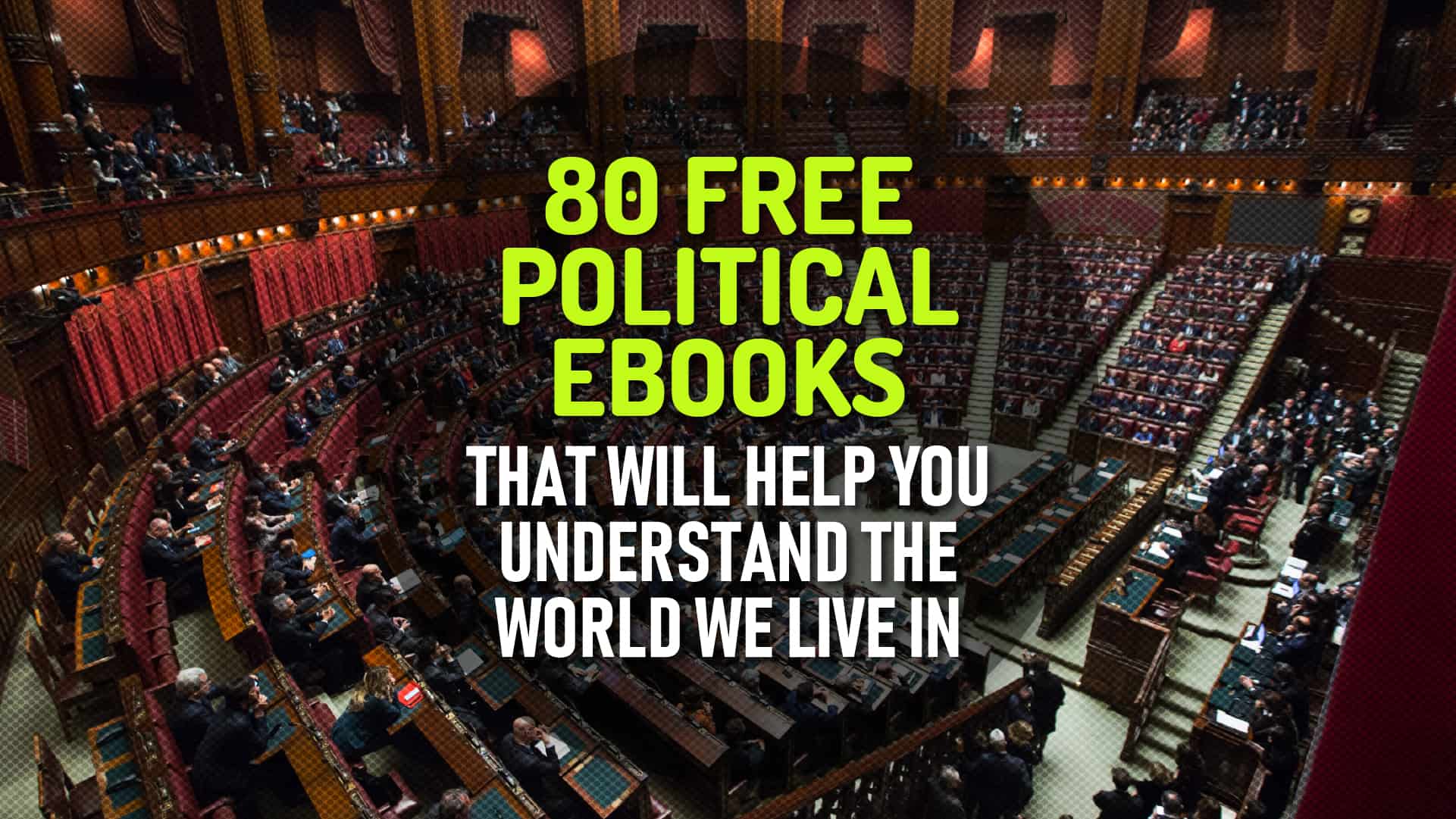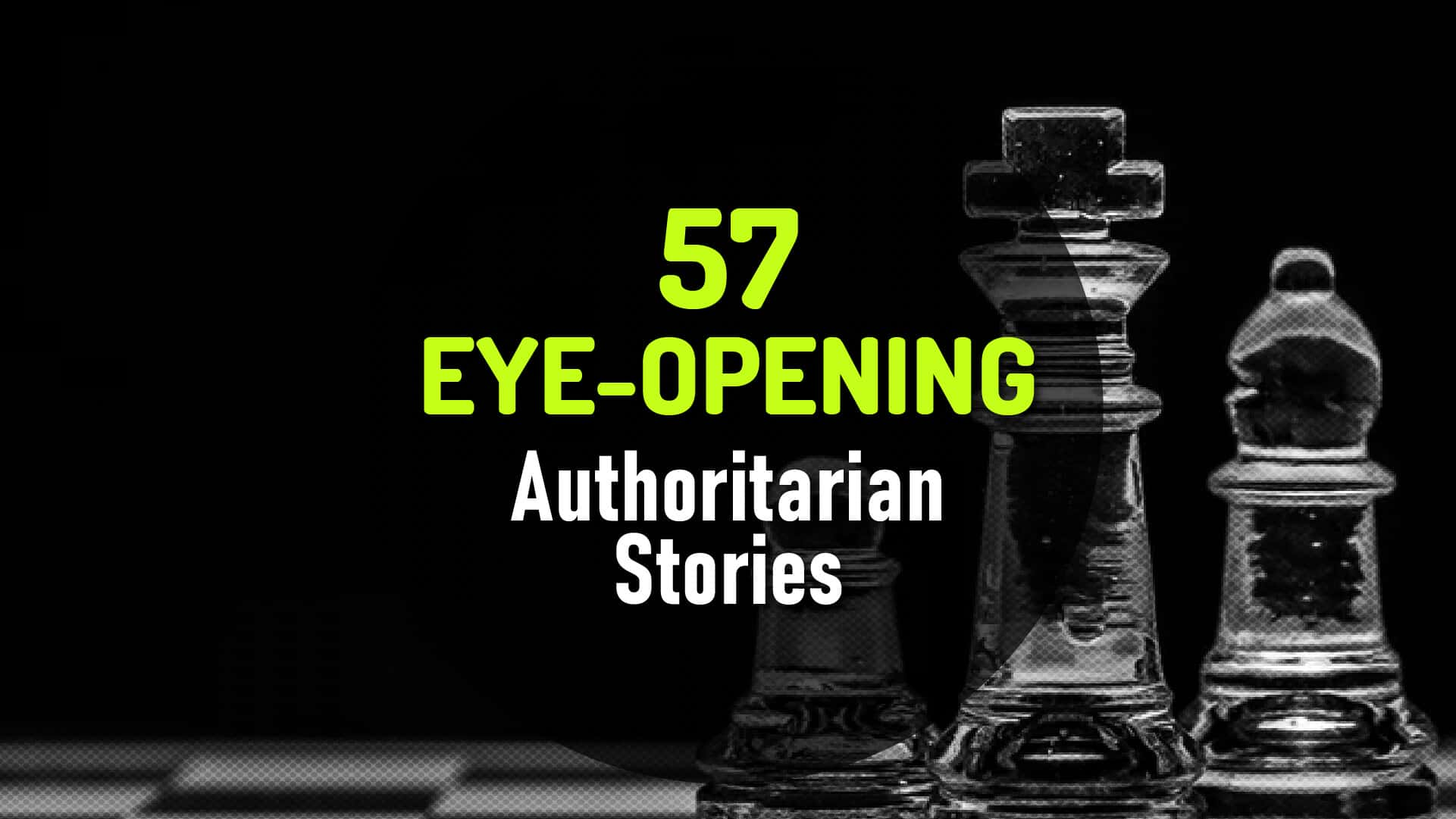What is open government? In the most basic sense, it’s the notion that the people have the right to access the documents and proceedings of government. The idea that the public has a right to scrutinize and participate in government dates at least to the Enlightenment, and is enshrined in both the U.S. Declaration of Independence and U.S. Constitution. Its principles are recognized in virtually every democratic country on the planet.
But the very meaning of the term continues to evolve. The concept of open government has been influenced-for the better-by the open source software movement, and taken on a greater focus for allowing participation in the procedures of government. Just as open source software allows users to change and contribute to the source code of their software, open government now means government where citizens not only have access to information, documents, and proceedings, but can also become participants in a meaningful way. Open government also means improved communication and operations within the various branches and levels of government. More sharing internally can lead to greater efficiency and accountability.
The subtitle of this book is ‘Transparency, Participation, and Collaboration in Practice.’ The terms were borrowed from President Barack Obama’s memorandum on transparency and open government, issued his first day in office. In it, he committed the U.S. government to ‘establish a system of transparency, public participation, and collaboration.’
Obama’s memo was a signal moment in the history of open government, issued by a president who gained office in part by opening his campaign to allow his supporters to shape its message, actions, and strategy using online tools. The movement to make this happen, which goes back to the earliest days of the World Wide Web, is now generally called ‘Government 2.0’.




